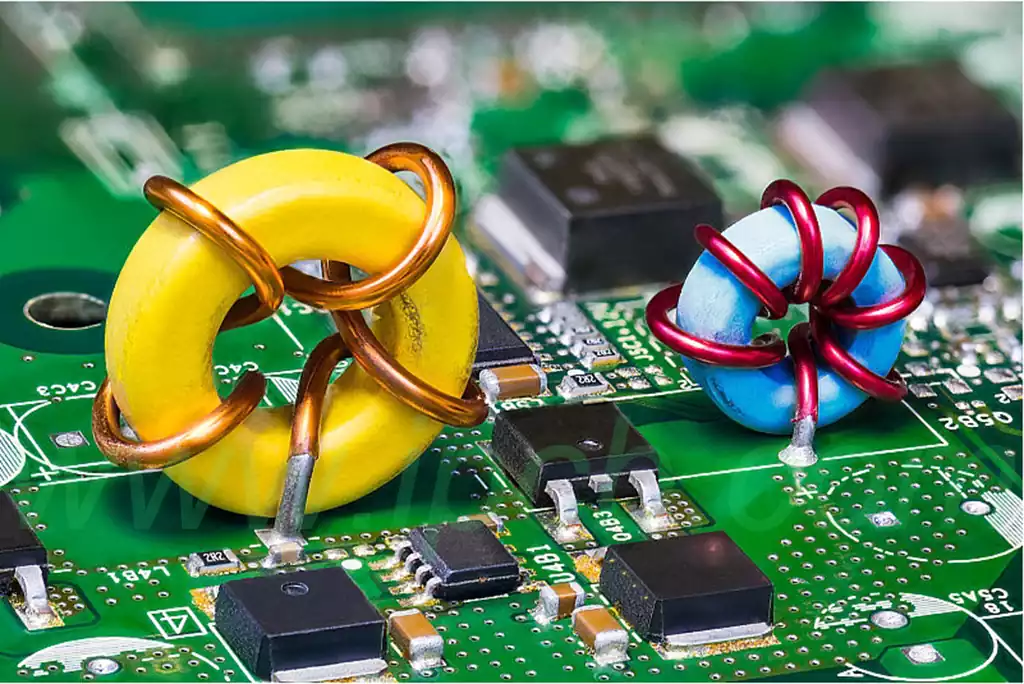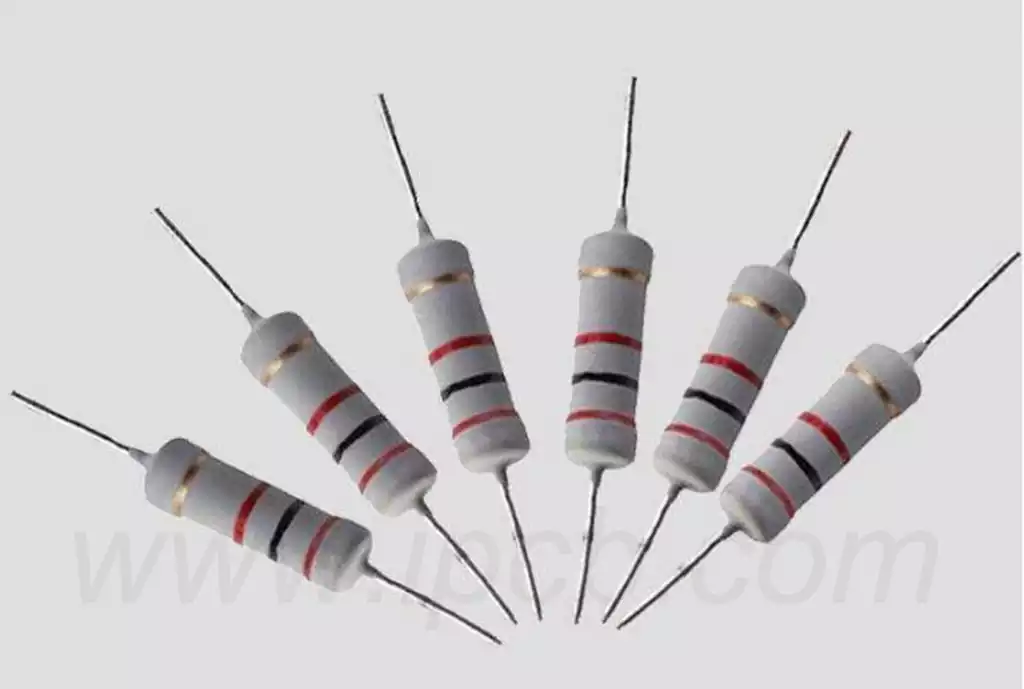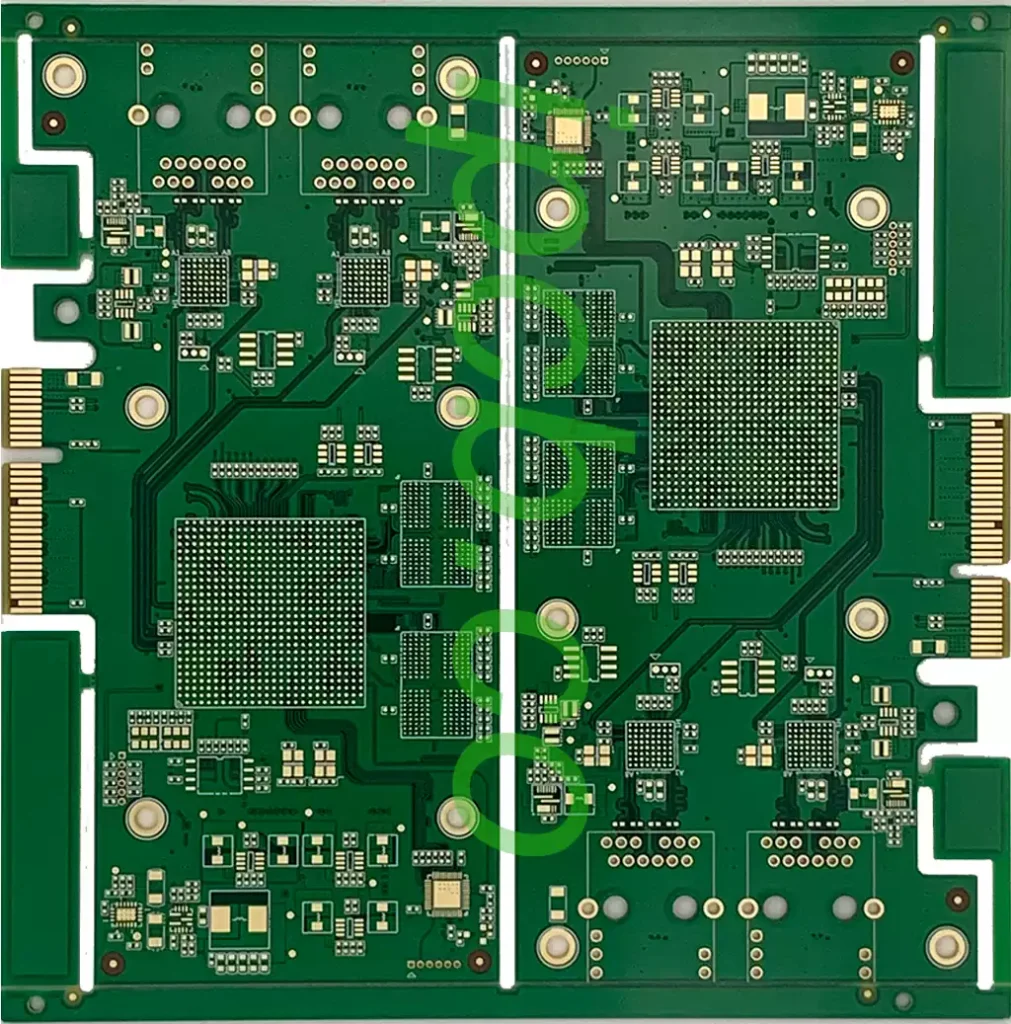Amplifier circuit board is short for power amplifier printed circuit board. In an audio system, the power amplifier is a key part, responsible for amplifying the audio signal to sufficient power to drive the speakers to produce sound. The power amplifier PCB is the core component of the power amplifier, which is covered with various electronic components and circuits to realize the amplification and processing of audio signals.
The design of the circuit board is critical to the performance of the audio system. It needs to take into account the signal transmission quality, power amplification efficiency, heat dissipation performance and other aspects. Reasonable amplifier PCB design can ensure accurate transmission and amplification of audio signals, providing clear and stable sound quality.
Amplifier circuit board wiring strategies and techniques:
First of all, the basic principle of amplifier PCB wiring is to minimize the length of the signal line, thereby reducing the impedance and inductance of the line, thereby reducing signal distortion and potential interference.
This does not encourage blind shortening of lines, but rather optimization based on maintaining signal integrity. It is also recommended that signal lines be routed away from noise sources and power lines to further reduce the risk of interference.
During amplifier circuit board wiring, care must be taken to isolate signal lines from ground.
This isolation helps to reduce signal interference and crosstalk and enhance signal purity. When wiring, as large an area of copper skin should be retained on the ground as possible to ensure a stable connection between the signal and ground. In order to maintain signal quality, it is also necessary to choose an appropriate ground wiring method, such as using a flat ground or split ground.
In addition, it also needs to follow the rules of power line wiring.
The power lines should be routed as far away from the signal lines as possible to minimize potential interference with the signal. At the same time, make sure that the power line wiring intersects the ground line to reduce voltage noise on the ground loop. To improve the stability of the power supply, the power lines should be routed with a wide, thick copper skin to reduce line impedance.

When considering wiring, you also need to pay attention to the distribution of heat and heat dissipation.
Amplifier circuits usually generate a lot of heat, and poor heat dissipation will affect the performance and life of the circuit. Therefore, the wiring should be reserved enough space for the installation of heat sinks, and reasonable planning of heat conduction paths, thereby improving the cooling effect of the amplifier circuit.
Quality control is an important guarantee to ensure stable performance and excellent sound quality of the PCB substrate. Through strict production process monitoring, finished product testing and reliability assessment, it with excellent performance and stable quality can be screened out to provide users with high-quality audio experience.
With the continuous development of technology, the design of amplifier circuit board is also constantly innovating. For example, the use of advanced packaging technology, components can be more tightly integrated in the PCB to improve the performance and reliability of the whole machine. Integrated components not only reduce the size and weight of the PCB, but also reduce power consumption and heat dissipation requirements.
In addition, intelligent heat dissipation system is also a major innovation in the pcb design. While traditional heat dissipation often relies on external devices such as heat sinks and fans, intelligent heat dissipation systems can achieve more accurate and efficient heat dissipation management through built-in temperature sensors, control algorithms and heat dissipation components. This not only improves the stability and reliability of the amplifier circuit board, but also extends its service life.
As the core component of an audio system, the design and process of an amplifier circuit board is critical to the sound quality. By gaining a deeper understanding of the design principles and process requirements of it and their impact on sound quality, we can better appreciate and understand the charm of audio technology. At the same time, it also provides unlimited possibilities and expectations for the future development of amplifier PCBs.



